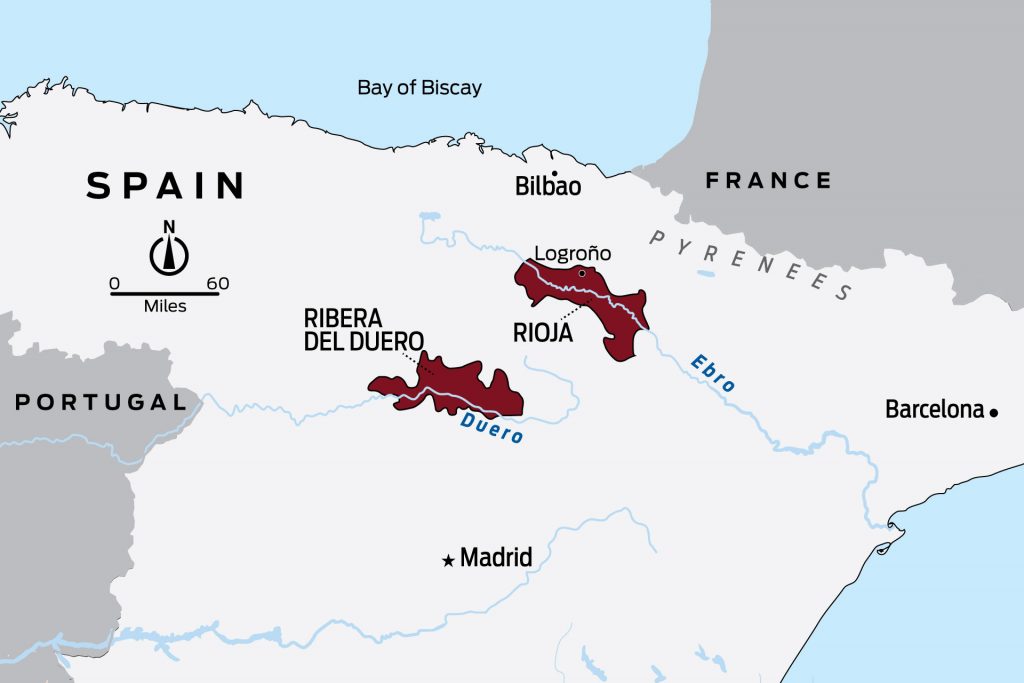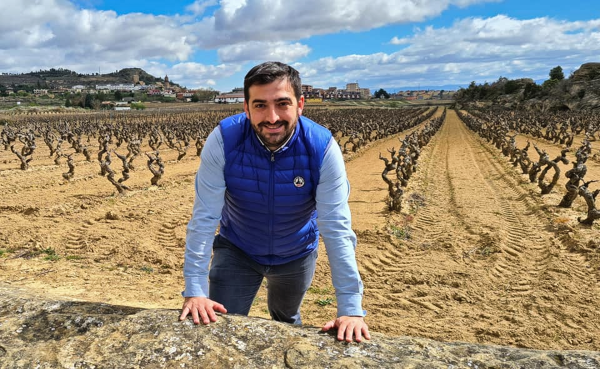Our next destination is the town of Noyers, this is an adorable village surrounded by the Serein River (making the full name of the town Noyers sur Serein). This is one of some 156 “plus beau villages” or most beautiful villages in France. The criteria for this award is that it must be in a rural area or with great natural beauty, have a population less than 2000 people, at least two national heritage sites, and of course be approved by a special council. The original fortress dates to the 11th century, further expanded in the 13th century, and many of the prominent houses dating from the 15th and 16th century. Now it seems a miniature mecca for artists and gourmands, with several small galleries and classy bistros within the walls. We are staying in one of these medieval houses, albeit renovated to a comfortable modern standard. Or at least it would be comfortable if I didn’t keep banging my head on unreasonably low ceilings. Clearly the average height of residents in the middle ages was significantly shorter than now.

To take a break from wine we drive out to Guédelon, a castle under construction. The guides clearly establish that this is not a renovation or restoration, it is a completely new build - using only ancient techniques and materials available in the early 13th century. With master masons and carpenters supplemented by volunteers, combined with fees paid by visitors mean the site is fully self sufficient. Onsite they smelt iron ore into tools, fell oaks from the surrounding forest, dig clay to bake into tiles, mine rock for the walls and lime for the mortar to bind them. Goods are carted by pack horses and mules. A fascinating concept to see how it was really done in a bygone age. It has been under construction now for 20 years, and due for completion in another 5-10-15 years depending upon the extend of planned extensions.

From the Yonne we head into Burgundy proper, where we are staying on the outskirts of the Cote d’Or. The ‘slope of gold’ is the home of some of France’s most prestigious wines, carefully cultivated by monks over the centuries, who experimented with different grapes on different soils and slopes, evolving the science of viticulture towards our modern understanding of ‘Terroir’. This is the home of Pinot Noir and Chardonnay- and in a way Burgundy is simultaneously one of the easiest to understand while also being maddening in its complexity. There are some 400 different soil types in the region, and 100 official appellations for wine, with many macro and microclimates creating a unique web of quality and prestige. A small stone wall may separate a tiny highly sought after vineyard from a more lowly neighbour- the difference being its superior aspect to the sun and higher quality subsoils, the resulting wines being a world apart in value.

In the heart of Burgundy is Beaune, a compact town that houses an array of long established wineries, wine merchants, restaurants, and well heeled visitors who all cherish the stunning wines of the region.

In the centre of Beaune is the Basilica of Notre Dame, and right next door is our next visit - a respected Negociant now occupying the ancient 12th century cellars of the church. Jaffelin is a winery we hope to work with in the near future, represented by the smallest of the negociant houses. Jaffelin was established one year after Napoleon’s defeat of Waterloo, the resulting creation of the French Republic carving up most of the assets of the church and sold into private hands.

Maximilien takes us on a tour of the facilities followed by an extensive tasting including relatively inexpensive regional appellations, more acclaimed but lesser known village wines, and some of the best known appellations in Burgundy. We finish with a round of Beaujolais wines, and even some examples from the Rhone represented by the same house. While this particular winery makes an extensive lineup of 45 different wines, they act on behalf of a wide number of small producers in Burgundy - a staggering 2500 different wines. Our tasting of 27 wines seems an excellent cross section, while at the same time just scratching the surface.




